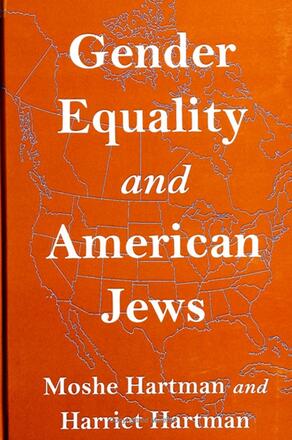
Gender Equality and American Jews
Alternative formats available from:
Based on the 1990 National Jewish Population Survey, this book analyzes gender equality in education, labor force participation, and occupational achievement among American Jews, and offers a comparison with the wider American population and Israeli Jews.
Description
Gender Equality and American Jews studies gender equality in education, labor force participation, and occupational achievement among American Jews, based on the 1990 National Jewish Population Survey. It first focuses on education and training as key "gatekeepers" to roles in the economy, and then on the gender differences in labor force behavior and occupational attainment. To place American Jews in perspective, they are compared to the wider American population, and to Israeli Jews, presenting a multi-dimensional analysis of American Jewishness in the 1990s. The difficulties of comparing Israel and American Jews are discussed, lending insights into the similarities and differences between the two cultures.
The authors draw on a solid base of sociological literature, placing American Jews in the wider American context with comparative data. The book discusses the conclusions that can be drawn from the analysis along with some policy implications.
Moshe Hartman is in the Department of Behavioral Sciences, Ben-Gurion University of the Negev. Harriet Hartman is in the Department of Anthropology and Sociology, West Chester University.
Reviews
"The authors demonstrate an impressive understanding of the general history of Jews in the United States and in Israel, and they use this social history to provide a helpful cultural matrix for their discussion. " — Sylvia Barack Fishman, Brandeis University
"…an important contribution to the literature on the educational attainment, labor force behavior and occupational distribution of American Jewish men and women … accessible to a wide audience … a very useful resource for anyone interested in understanding the economic achievements of Jewish men and women in the United States. " — History and the Social Sciences